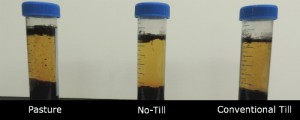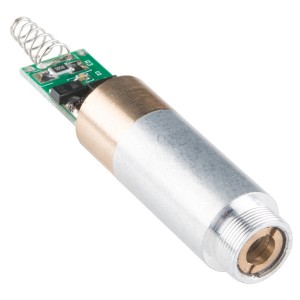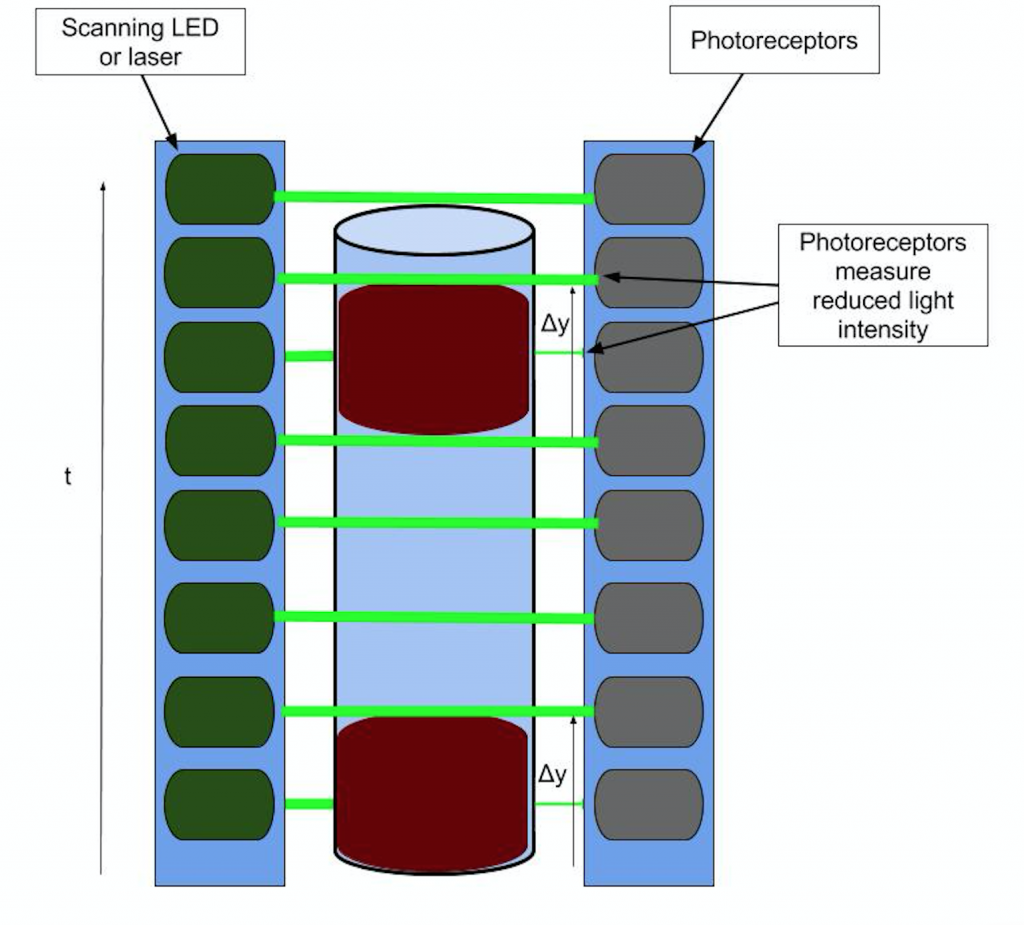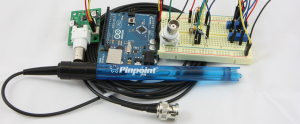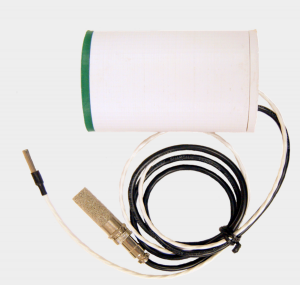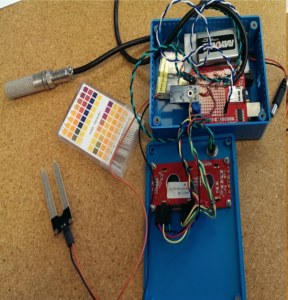Scanning optical organic matter sensor
Organic content can be measured in a variety of ways. The most accurate tests involve measuring the amount of combustable carbon-based matter in a sample by putting it in a chemical oven. In a test like the one pictured below, soil is allowed to sit undisturbed in a falcon tube for a period of time in which the available organic matter floats to the top.
I would like to use a combination of a laser and a photometer to make a scanning optical device that moves upward from the bottom of the tube. An arduino would log the values of intensity of the light that permeates the tube. The intensity would be reduced for the section of the range that is obstructed by organic matter (or mineral matter at the bottom). I will write software to measure the length of this band and then calculate the volume from this value (thickness*pi*r^2). This method would be faster and more consistent than measuring each band individually by eye.
Electrical Conductivity & PH Sensing Platform
This platform will also be designed for bench top use because soil samples need significant time to stabilize before accurate readings can be collected. I am focusing on sensors that connect via BNC because they seem to be the cheapest option for arduino interfacing.
The PH interface will be based on this implementation from Sparky’s Widgets (a great all around resource for electrode sensing applications).
I will try to build this interface for the pH probe first and then see how easy it is to modify to read EC. Sparky’s Widgets offers an integrated solution for purchase, but I would like to reengineer it myself if possible.
Temperature and Moisture Field Sensor
This is the only sensor platform I am designing for field use. Right now I am thinking I will design the temperature portion of the sensor to be used right after the soil core sample is taken. I am planning to use infrared sensing in the resulting ~10cm hole to measure soil temp. There are a lot of options out there for infrared sensing – here is a sparkfun sensor I am looking into. I need to get an idea of what precision is necessary for this application.
For moisture I am planning to use a very robust sensor from Adafruit that has been used by students in the past. Building the circuit for this sensor might be a good place to start since I have models to work off of.
NPK and Munsell Color Optical Sensor
A lot of soil nutrient tests involve chemical reactions leading to color changes. I am interesting in using RGB sensors to find a precise value for the color of a solution so I can determine it’s nutrient density. Munsell color test is the official color metric for soil research. I am now researching ways to use RGB LEDs and photosensor to test color of an object. A sensor capable of detecting color could be used for both bench-top NPK tests and Munsell color testing.
